[Here’s a link to other forays around my map.]
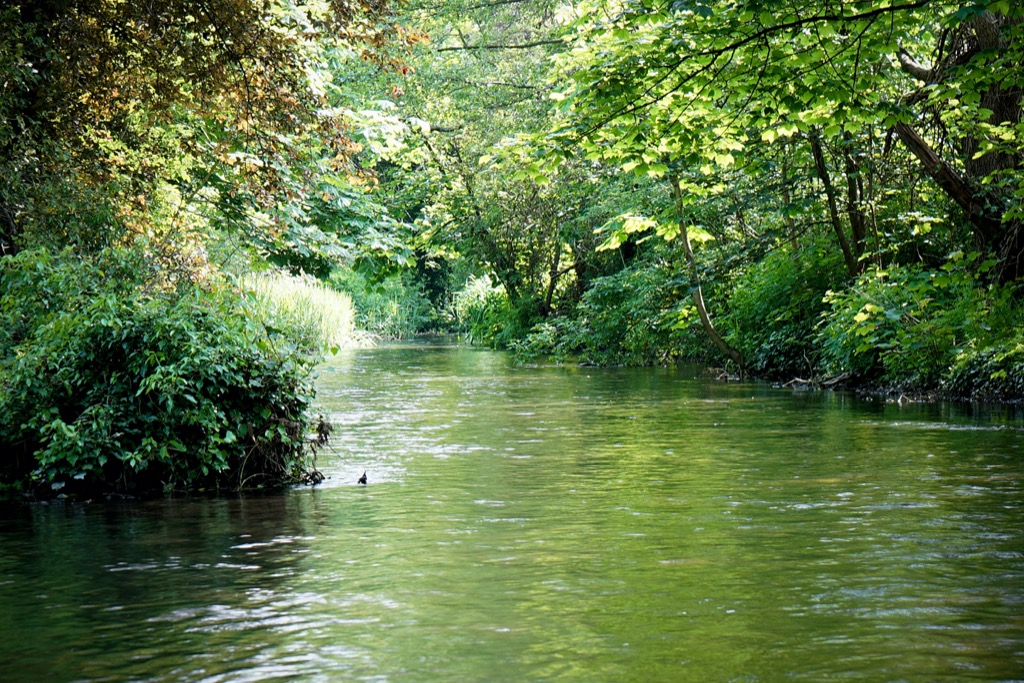
The sun shone, I had dug out a pair of shorts (my legs shone alabaster white) and the air was warm and bright. How I felt today made me aware of how I have not been feeling for so long, throughout the drawn-out long winter and the year of lockdown and homeschooling. Today I felt alert, enthusiastic and able to look to the future with ideas and energy. On top of that, a chalk stream kissed the corner of today’s grid square. I began there, with the banks flushed green with plants and overhanging trees and the clear, cold water burbling cheerfully. I love small pretty streams and it is a shame that this is the only one on my map. An old arched brick bridge spanned the water (rebuilt in 1773), with brown trout nosing gently into the current. They were free to swim; alas a ‘Private Property’ sign chained across the river prohibited curious explorers from enjoying the ancient stream. At least the riverside pub’s garden looked welcoming: a shame though that it was still too early to be open.
Geographers say there are only 210 true chalk streams anywhere in the world, and 160 of them are in England. They are our unique contribution to global ecology. Bubbling up out of thousands of springs, chalk streams collect first in ponds and then ripple over gravel beds through chalk hills towards the sea. They are typically wide, shallow and crystal clear, their alkaline waters pure thanks to the constant purifying and filtering in the chalk. They are an irreplaceable relic of our past, created as the ice sheets retreated from England 10,000 years ago. The gushing flows from melting ice brought huge quantities of the distinctive gravels that still occupy their beds and determine their ecology.
You would think we would long since have decided to take proper care of these treasures. But no, says Rose O’Neill, freshwater campaigner for WWF. Threats come from farmers and the demands of water companies and their customers – that is to say, us. And existing laws don’t work well in many places – something she blames on the main enforcement agency, the Environment Agency, which is increasingly hamstrung by political pressure to put jobs and cheap water charges first.
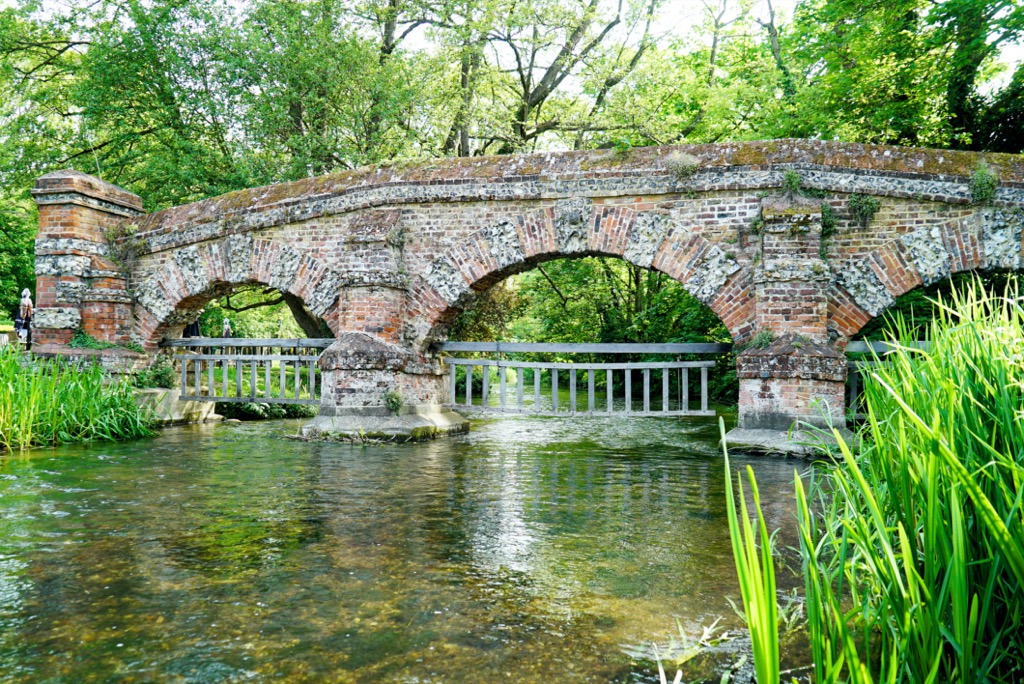
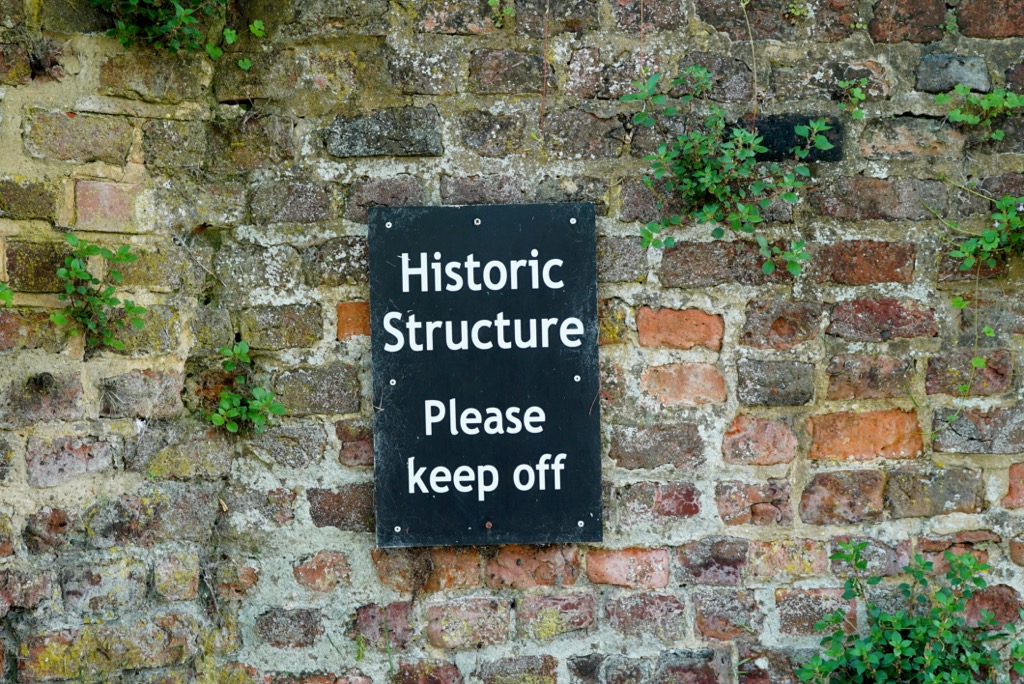
On the river bank a Metasequoia tree had been planted by ‘a friend of the village and enthusiastic gardener on his hundredth birthday’ in 1985. ‘The Metasequoia glyptostroboides is the living relic of a fossil genus which thrived 125 million years ago. Discovered in China in 1941 its seeds were first germinated in the UK in 1948’. Today the tree soared far over my head. I am always intrigued by anything not directly related to slaughter that happened during the years of World War 2. Whilst China was being invaded by Japan and most of the residents of my grid square were away at war or watching the Blitz unfold overhead, a Japanese paleobotanist, Shigeru Miki, published research describing fossils that for decades were thought to be either Sequoia or Taxodium as a new genus, Metasequoia. Due to the war, not every Chinese botanist would have had access to recent international research, let alone articles by botanists of an enemy country. This could explain why in 1943 when Zhan Wang – a professor of forestry at Beijing University and the forest administrator for the Ministry of Agriculture and Forestry – was introduced to a living Metasequoia by an old classmate and local villagers in the Hubei Province, he wasn’t sure what he was looking at.
The tree was obviously important to the local people. They called it shuisa (water fir) and had built a shrine around it. Wang collected several branches and some cones that had fallen on a rooftop. At the time he identified it as Glyptostrobus pensilis (water pine), a tree common to the area; but he may have wondered if this was correct.
Eventually Wang’s samples and the details of his collection were brought to the attention of Wanjun Zheng, a dendrologist at the National Central University. Intrigued, Zheng sent his graduate student, Jiru Xue, to collect more samples from the same tree that Wang had encountered. These samples were more complete, and when they were presented to Xiansu Hu – the director of Fan Memorial Institute of Biology in Beijing – the mystery was solved. Hu had access to Miki’s research and concluded that what they had was a living fossil.
In 1948, Hu and Zheng published a paper describing the species and giving it the official name, Metasequoia glyptostroboides. The discovery ignited the botanical community as well as the general public, and soon seeds of what became commonly known as dawn redwood were being disseminated across the globe.
Over the road from the thriving fossil tree an 18th-Century corn mill and mill house had been converted into prosperous looking houses, although apparently they had been dilapidated for much of the past century. One house had the ancient ‘Cave Canem’ [beware of the dog] sign outside, a replica of the mosaic from the vestibule of the House of the Tragic Poet buried in Pompeii by the eruption of Mount Vesuvius in 79 AD. Meanwhile, in Britain that year, Chester was founded by the Romans and General Agricola began his campaign against Scotland.
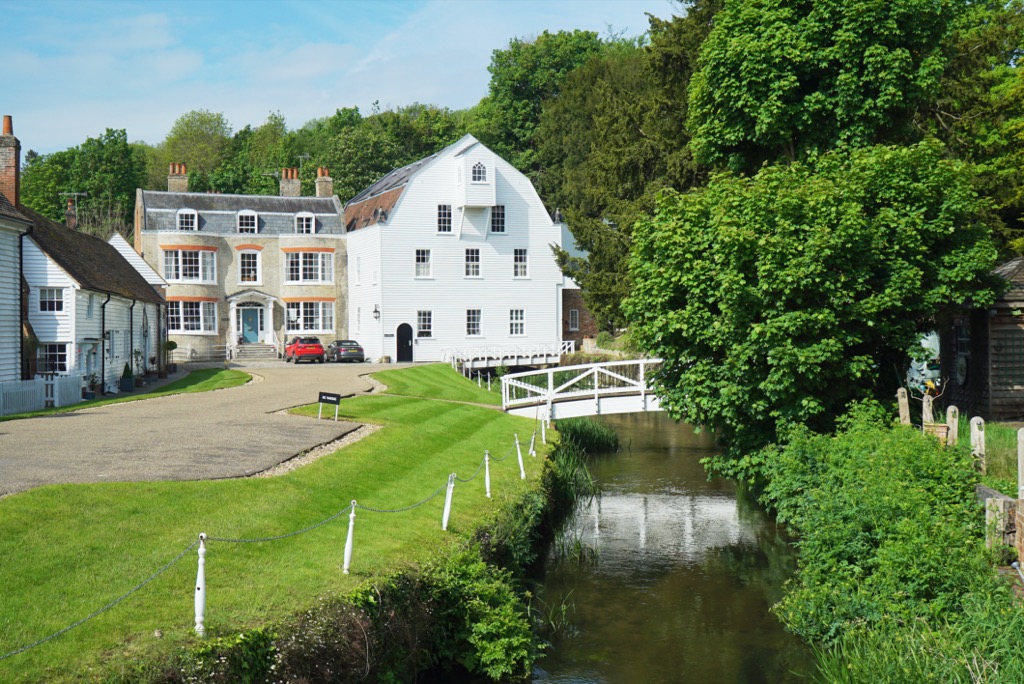
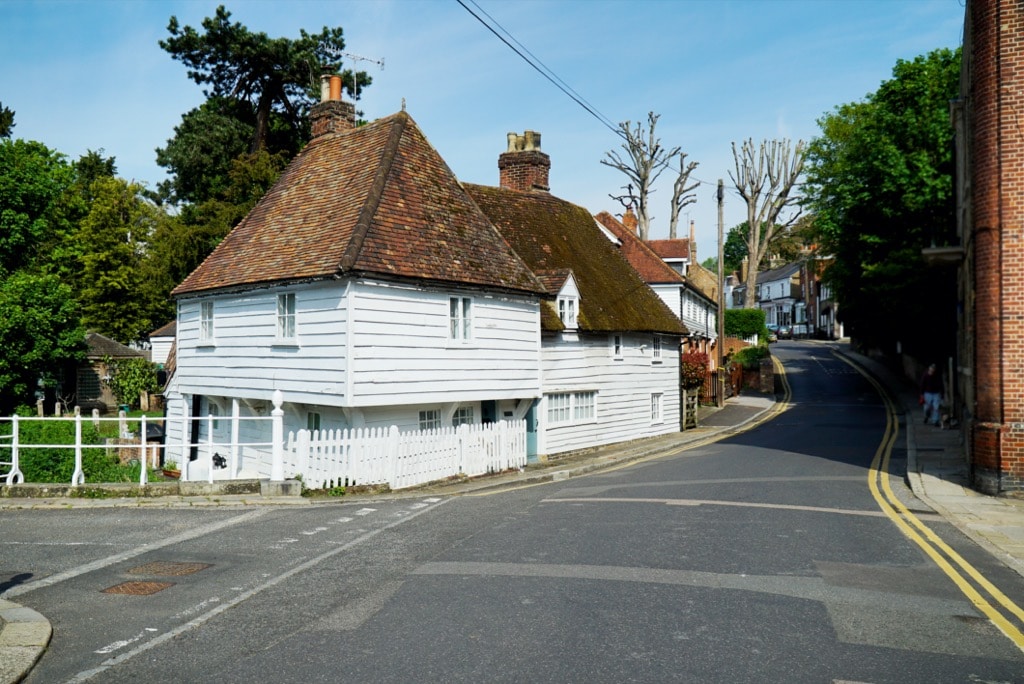

I have been surprised by how much this map has sent me ricocheting backwards and forwards through history. I pedalled past the old jail house, circa 1602 and now a cute white clapboard cottage that looked like the architect was 6-years old: two windows upstairs, two windows downstairs, door in the middle, sloping roof, chimney on top. A whole street of lovely, quirky old homes jammed right up against the brutalist noise and rush of a dual carriageway and a motorway. The different speeds of life, different volumes of life between then and now are discordant. Under the massive motorway bridge the rushing cars echoed loudly off the concrete, the motorway overhead rumbled, and pigeons flew in from the bright sunshine to roost in the gloom. Seen from the slowness of a pedestrian, these structures are monumental. They must weigh thousands of tonnes and cost millions of pounds.
In Great Britain, the total road length is estimated to be 247,100 miles of tarmac. Compare that to 150,000 miles of footpaths and you get a good insight to how life has changed this the village jail was last full of highwaymen. In 1901, Edgar Purnell Hooley, a surveyor for Nottinghamshire County, was strolling around Denby in Derbyshire. As part of his role, he was required to carry out odd jobs throughout the county. But on one particular day, he came across an unusually smooth piece of the road while passing a factory. At the time, roads were just chipped pieces of small gravel, meaning that they quickly deteriorated as large ruts from wheels became embedded in them. The road became difficult to pass due to large amounts of dust, and sharp bits of stone able to puncture tyres.
By 1820, a Scottish engineer by the name of John Loudon McAdam had created a basic road surface, but he had never found a way to stick the stones together. The section of road Hooley was investigating looked remarkably pristine. He spoke with locals and learned that a barrel of tar had burst open across the road. In efforts to reduce the mess created by the sticky substance, a quick-thinking employee had dumped waste slag from a nearby ironworks on top of the tar. This improvised resurfacing of the road had solidified and smoothed the track, inadvertently leading to the development of the modern tarmac road. The following year, Hooley patented the process of heating tar and then mixing it with slag and broken stones. This new, hardwearing road surface was successfully marketed as tarmacadam in honour of its original inventor.


Away from the motorway I headed up a footpath on a hillside meadow (complete with signpost showing a shouting man with an outstretched arm, palm up to say ‘no’ and a warning ‘This is not a footpath. Beyond this point is trespassing please [sic] turn around and remain on a footpath.) The meadow had already received its first mow of the summer, the hay taken off to be dried and stored for animal fodder. Farmers try to harvest hay at the point when the seed heads are not quite ripe and the leaf is at its maximum when the grass is mowed in the field. The cut material is allowed to dry so that the bulk of the moisture is removed but the leafy material is still robust enough to be picked up from the ground by machinery and processed into storage in bales, stacks or pits.
I enjoyed climbing up the hill. I stuck to my old rule of not looking around until I reached the top, to get the full enjoyment of seeing the view for the first time. It was a beautiful day, the first that has felt like summer, and the sky was hazy over a beautiful green landscape of trees, fields, villages and motorways. I could see the river valley curving away into the distance, towards the stream’s source and off the edge of my map.


It was a shame that around a quarter of my grid square – the open grassy meadows – were off limits but I was looking forward to the large woodland that spanned the top half of the grid square. A sign told me that the wood was ‘a fascinating area of old woodland rich in trees, wildflowers and animals’, opened by Sir David Attenborough, no less. There was a long list of all the species I could look forward to seeing. The sun was shining, I was in a wood on top of a hill: this was everything that makes me happy!
So why did roaming around the woodland leave me feeling so flat? I suspect it was the piles of timber everywhere, the clear-cutting of land far beyond what I have grown used to seeing in managed coppices on my map. It was hard to see the wood for the lack of the trees. A few great standards remained, but much of the coppiced sweet chestnut has been removed due to an invasion of the Oriental chestnut gall wasp. This newly-introduced pest is the only organism to produce galls on sweet chestnuts. If numbers grow, it could have a serious impact on our historic trees.
All that remained were areas of spindly, densely-packed saplings, an area of heathland and a couple of muddy, silted-up ponds. The motorways on two sides of the wood were louder than the scant birdsong I heard. I felt deflated and disappointed. Fortunately, upon Googling the wood to write this I learned about the gall wasp being the cause for the extensive felling; it seems as though the woods are actually in knowledgable and caring hands.

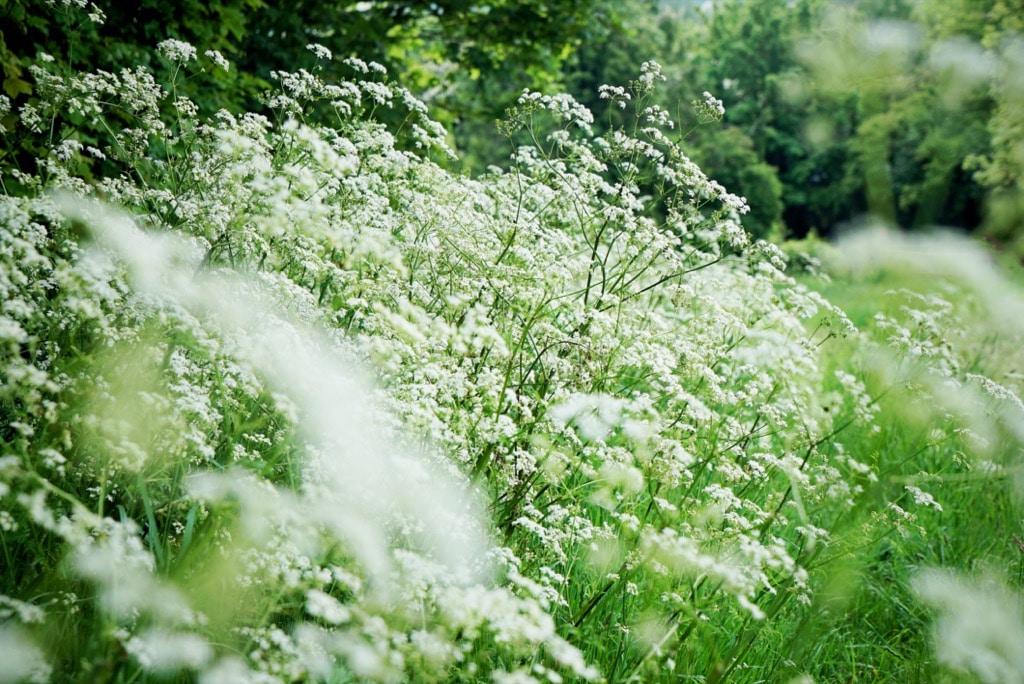
I left the wood down a footpath frothing with cow parsley, six foot high and rising on both sides of the path. I love its fresh heads of tiny flowers and the deep smell of summer days. And singing their hearts out in the hedge was a pair of blackcaps. The blackcap is a distinctive greyish warbler, the male has a black cap, and the female a chestnut one. Its delightful fluting song has earned it the name ‘northern nightingale’. The brilliant BirdNet app helped me identify the song, shortly before I spotted the little bird flitting amongst the branches. I would never have noticed a blackcap before I began exploring my map, never taken the time to identify a bird by its song. I am learning so much on this one small map.
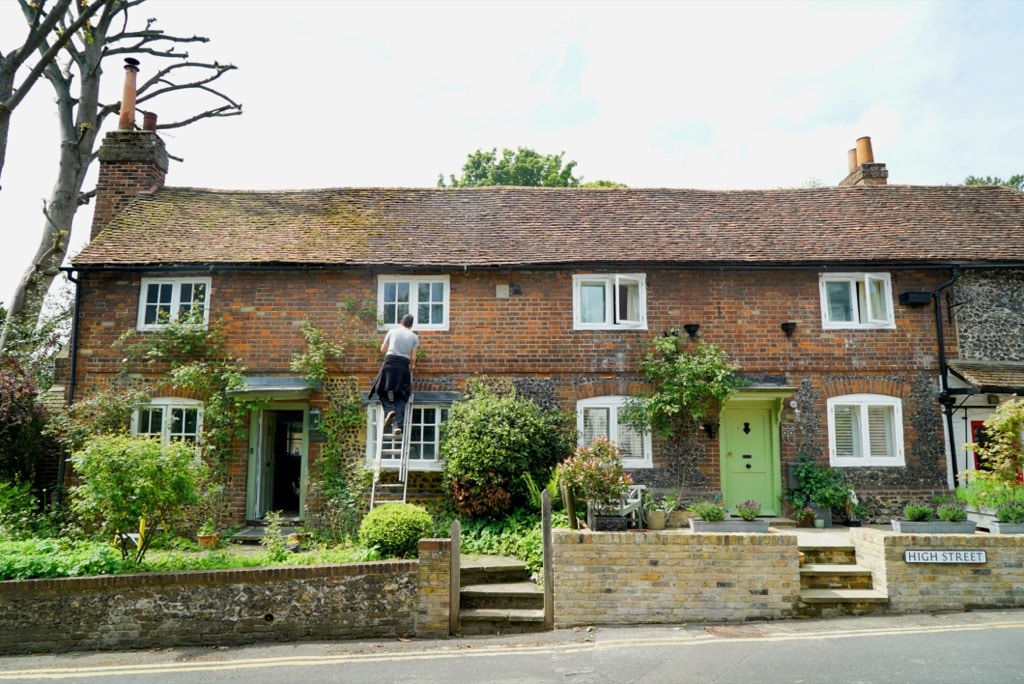



Comments